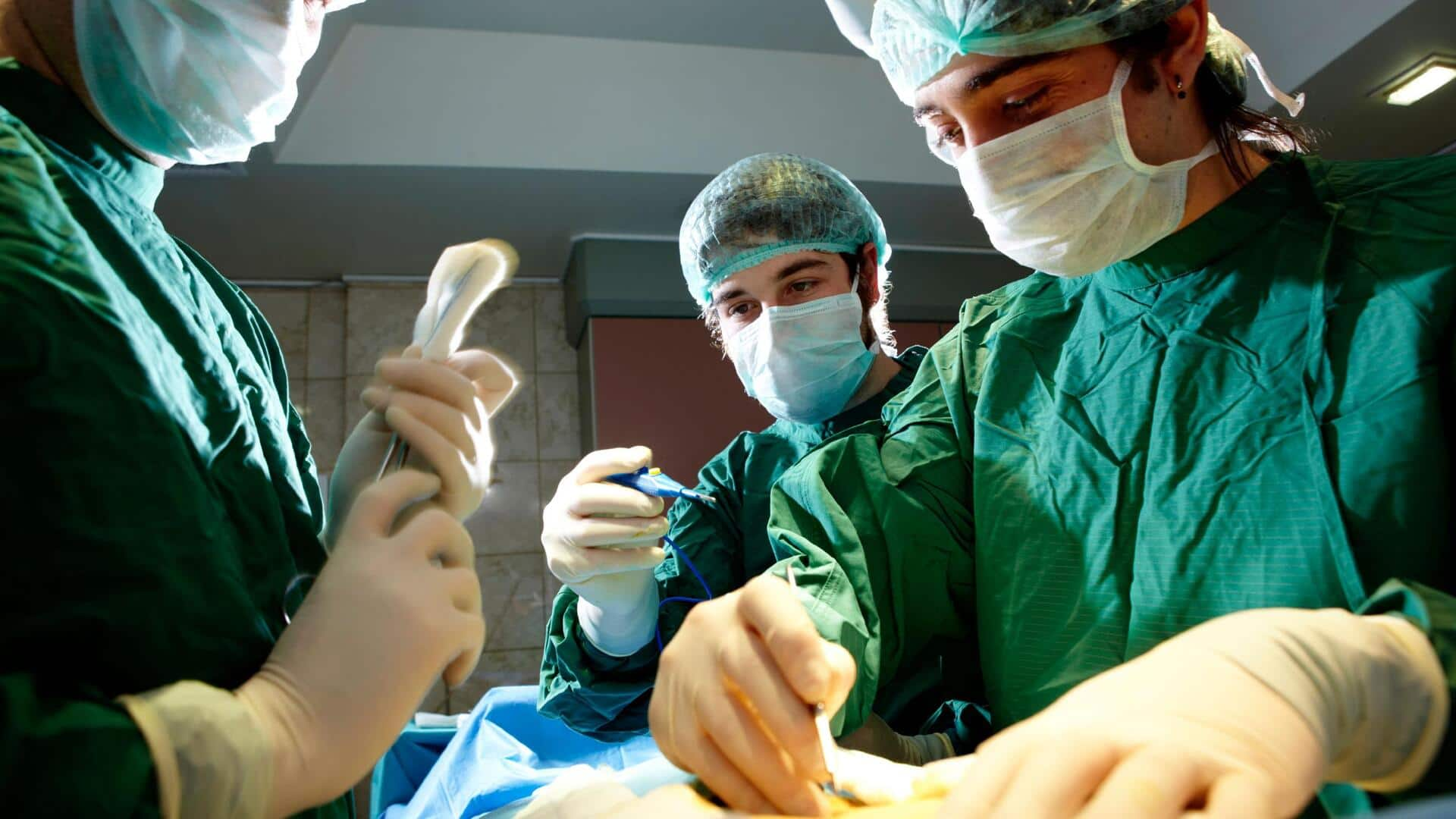
In a first, pig-to-human kidney transplant provides 'life-sustaining' function
What's the story
Researchers at the University of Alabama have achieved a significant milestone in the field of xenotransplantation, which involves the transplantation of living cells, tissues, or organs from one species to another. The team has successfully transplanted kidneys from a genetically modified pig into a brain-dead patient. This groundbreaking research demonstrated that the pig kidneys were able to efficiently produce urine and clear the patient's body of creatinine, which serve as crucial measures of kidney function.
Details
The transplanted organ has functioned normally for over a month
The pig kidneys were genetically modified by removing four pig genes and inserting six human genes. This process aimed to prevent coagulation and "humanize" the pig kidney, providing proof of the principle that genetically modified animal organs can be used to prevent rejection by the human immune system. The transplanted organ has functioned normally for over a month now, according to The Guardian. Scientists plan to monitor the kidney's performance for another month.
Implications
The breakthrough could help overcome the problem of organ shortages
"This case represents one of the first functional kidney transplants from a pig into a human," said Toby Coates, Professor of Medicine at University of Adelaide. It also proves that "organs from a genetically modified animal can replace human kidney function for one week without rejection and using conventional kidney transplant drug therapy," added Coates. The study notes that the "pig-to-human xenotransplant provided life-sustaining kidney function." This breakthrough has the potential to help overcome the shortage of human donor kidneys.
Insights
Further research is required
Although this pilot study offers hope for patients with end-stage kidney disease, more research is needed to determine whether these kidneys serve as temporary "bridges" or "destination therapies," per the study. Dr. Muhammad Mohiuddin from the University of Maryland cautions that it is not yet clear how closely a brain-dead body will mimic a live patient's reactions to a pig organ.